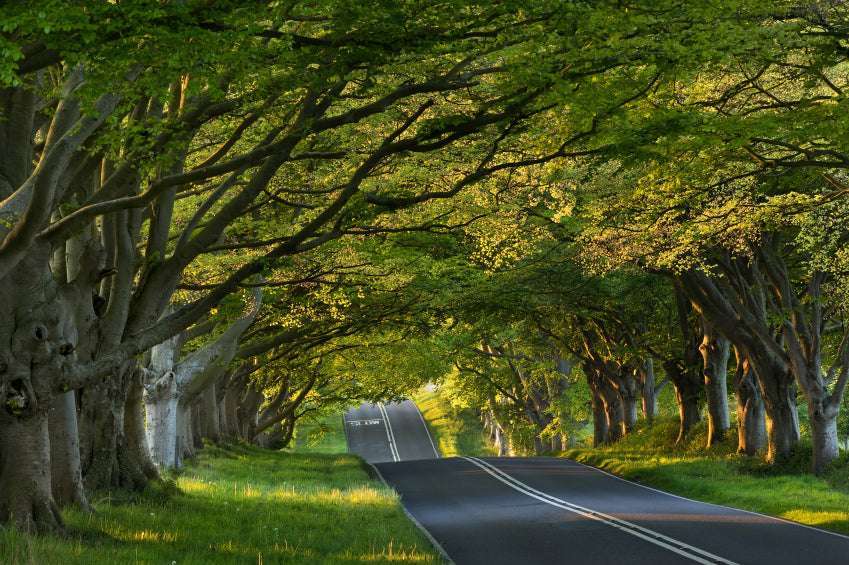Avenues – Green tunnels with history
Sometimes they remind us of ancient men, sometimes of young and energetic strongmen: like reliable sentinels, many trees stand in avenues in this country. Everyone knows the awe-inspiring feeling when strolling along an avenue on foot or driving through it. The tranquility they radiate, the play of shadows, and the soothing rustling of the leaves make them a truly special natural experience. A short report on the small, large, young, and old avenues.
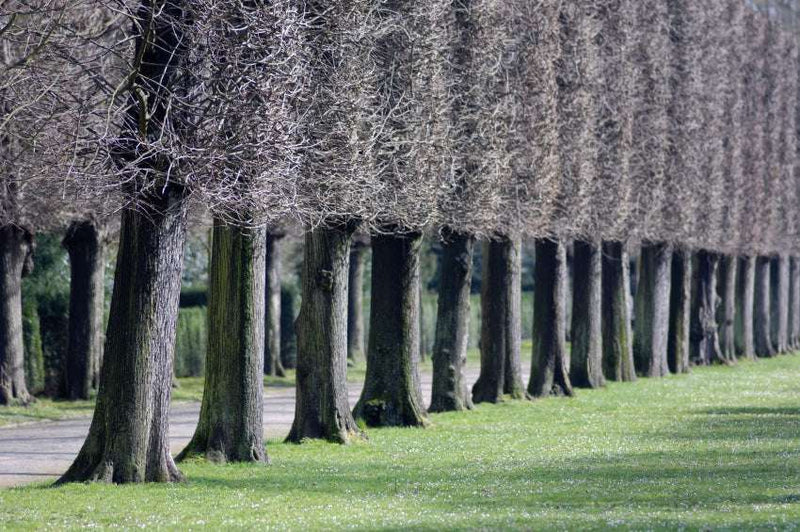
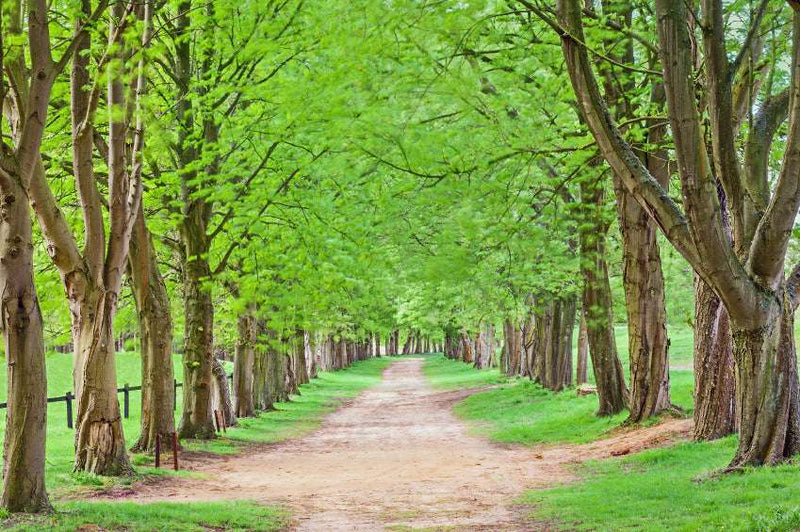
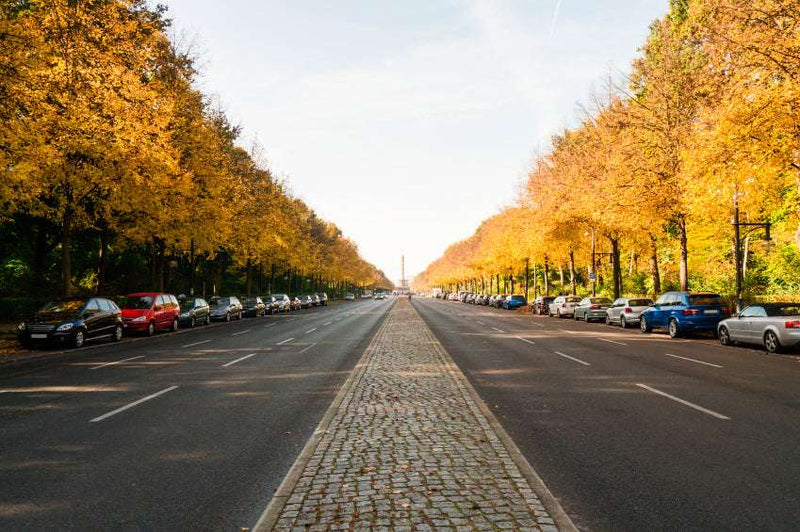
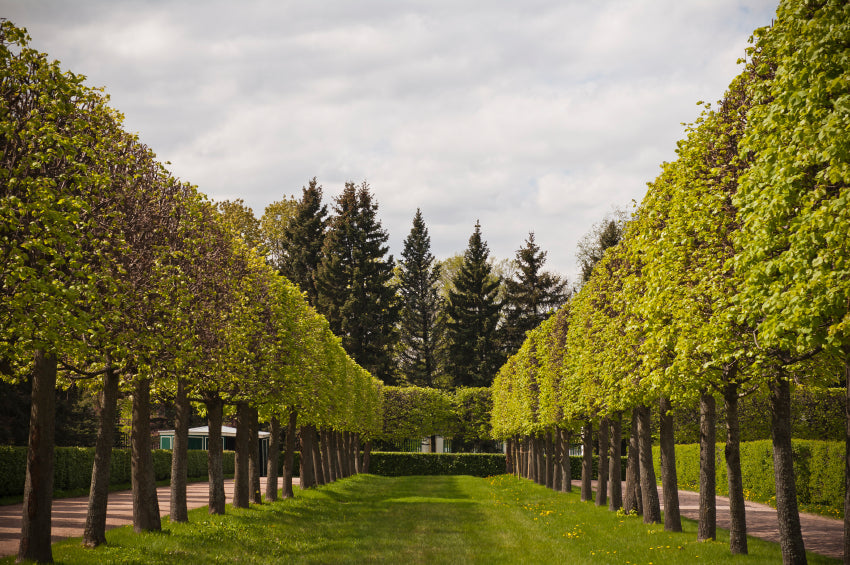
Origin of the tree-lined paths
The word "avenue" has its origins in French and is derived from the verb "aller," which means "to go." As early as the 17th century, tree-lined, shady paths in Baroque palace gardens were called "allées." This new style of linear, architecturally designed trees and parks, as an expression of strength and power, quickly caught on in European court gardens. Later, its popularity grew even more when Napoleon Bonaparte had numerous avenues planted in France to protect his soldiers and horses from the sun. From then on, all paths lined with trees on both sides were referred to as "avenues." Numerous magnificent tree-lined paths can still be found in Germany today, especially in Brandenburg; there are around 10,000 kilometers of them in total. These tree-lined streets were created at the end of the 18th century and served several purposes: as a marker for the entrance to a town, as a windbreak, or, in the case of fruit trees, to provide food for the village. Unfortunately, numerous avenues in West Germany fell victim to the consequences of road modernization in the 1950s and 1960s. Numerous tree populations were irretrievably destroyed.
Culturally valuable and functional
Avenues offer many practical as well as aesthetic advantages. As cultural monuments, they significantly shape the typical landscape of Europe. Their majestic appearance is an experience and always a feast for the eyes. But the tree-lined paths also have some practical advantages. They protect against rain, wind, and strong sunlight, protect the soil from erosion, and provide habitat for a wide variety of animal species. By changing the landscape, they also encourage drivers to pay attention. But be careful: in winter, frozen sections can make driving through avenues a slippery experience!
Tree-lined streets: not only in the countryside
Who hasn't seen them? The grand boulevards of the metropolises: whether "Champs-Élysées" in Paris or "Unter den Linden" in Berlin. These names evoke vivid images and often stories. Tree-lined streets have long been popular in cities, too. They shape the cityscape and make each city unique and significantly greener.
A piece of grace for your home: your own alley
Most Central European avenues consist of trees such as linden, maple, beech, chestnut, poplar, or oak. Most varieties have relatively large crowns, which, after a few years of growth, offer a truly impressive sight. If you're dreaming of an avenue for your own home, small-crowned, space-saving varieties are a better choice. Species with columnar crowns are also well-suited for a mini-avenue. Alternatively, just two beautiful trees at the entrance to your property can create an impressive appearance.
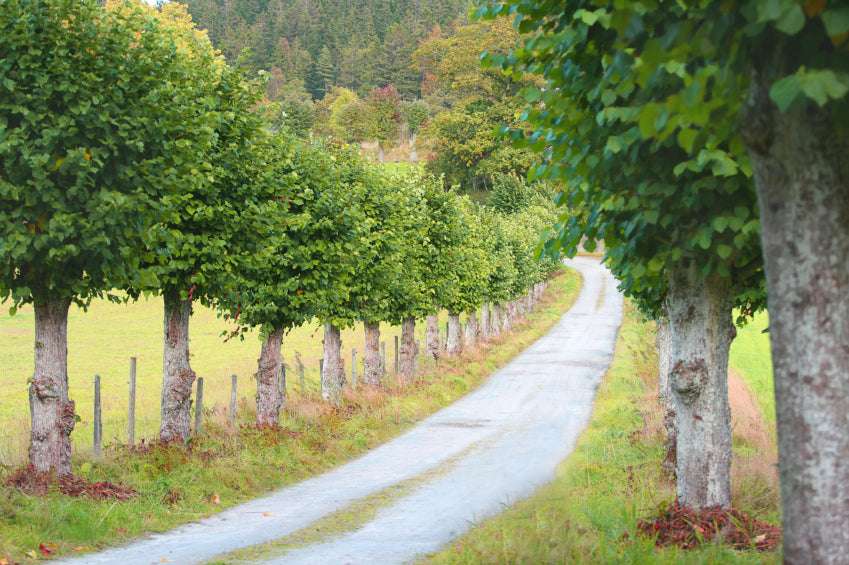
"The route is the goal…"
This quote applies not only to many tasks in life, but also to our tree-lined paths and streets.
Avenues are more than just practical ways to cover distances. Quite the opposite: with their historic charm and radiant tranquility, these green tunnels even make for ideal destinations for excursions by bike or car. Perhaps you're now considering beautifying your own garden with a few symmetrically planted trees. It takes a bit of patience in the first few years, but once the trees have grown, you won't want them gone from your garden.
TEXT: Merle Hildebrandt
